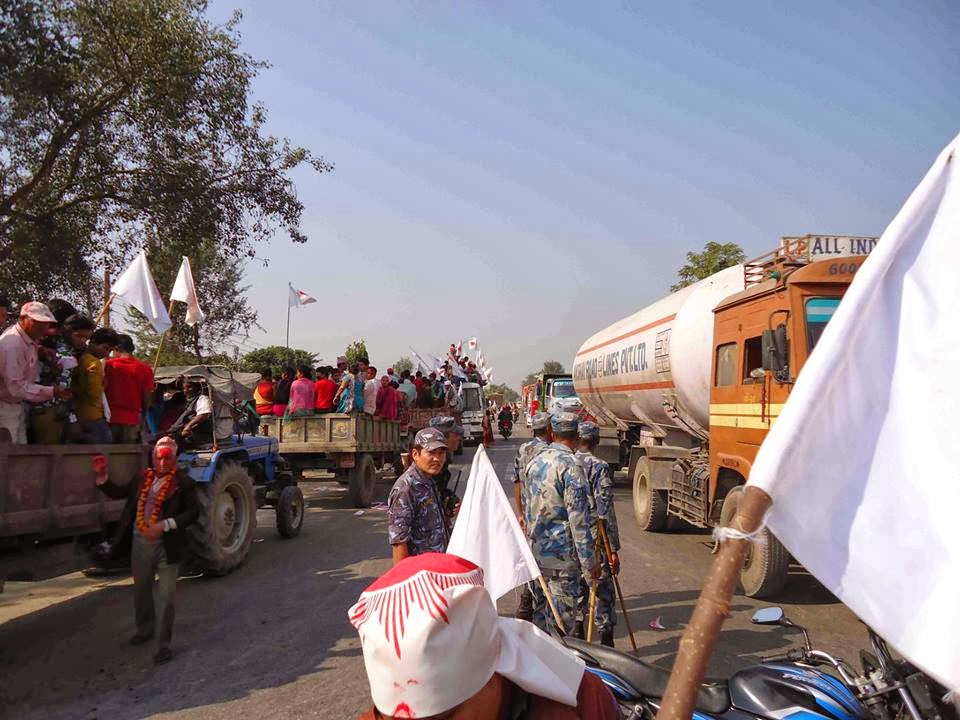Overview
30 million, Nepal is the world’s 93rd largest country by landmass and ranks at number 41 in terms of population.The capital of Nepal is Kathmandu, the country’s largest metropolis.of 147,181 square kilometres (56,827 square miles) and a population of approximatelyRepublic of China, and to the south, east, and west by the Republic of India.With an areaNepal (officially the Federal Democratic Republic of Nepal) is a landlocked country in South Asia and, as of 2010, the world’s most recent nation to become a republic. It is bordered to the north by the People’s
Geography
Nepal is a narrow strip of elongated rectangle or distorted brick shaped territory dividing India from China. Extending at a length of about 885 km SE-NW and width of 193 km NE-SW, in its length lie some 800 km if the Himalayan mountain chain. In the uncommonly diverse geography of Nepal, the highest point is Mt Everest (8848m), which is also the world’s highest peak and the lowest point is Kechana which is only 60m above the sea level. Nepal is ecologically divided into Mountain, Hills and Terai regions.These ecological belts run east- west and are vertically intersected by Nepal’s major north-to-south flowing river systems.
Province
Nepal is divided into 14 administrative zones, which are sub-divided into 75 districts.The 14 administrative zones are grouped into five development regions. Each district is headed by a Chief District Officer (CDO) who is responsible for maintaining law and order and coordinating the work of field agencies of the various government ministries.
Government and Administration
Nepal is a Federal Democratic Republic in which the President is recognised as the Head of State, and Prime Minister as the Head of Government.The President exercises his legislative power through the Council of Ministers and his judicial power through the Courts of Law.The government is centralised in Kathmandu, the nation’s capital. For administrative purposes, the country is divided into five development regions that are further sub-divided into 14 zones and 75 districts.
Kathmandu : The Capital City
Kathmandu Valley, the capital, is the political, commercial as well as cultural hub of Nepal. Spread across an area of 360 square kilometres and at an altitude of 1336 metres above the sea level, Kathmandu is an exotic and fascinating showcase of a very rich culture, art and tradition. It is also hills – Fulchowki, Chandragiri, Shivapuri and Nagarjun, and dotted by compact clusters of red tile-roofed houses.24 km east-west and 19 km north-south, is encircled by a range of green terracedpopularly referred to as the City of Temples.
Population
Nepal’s population is estimated to be approximately 30 million of which about 1.2 million live in Kathmandu.
Religion
(Kiratas) and Christianity, but all other faiths are welcomed equally. Nepal was declared as a secular state on May 2006.Hinduism is the major religion in Nepal followed by Buddhism, Islam, Mundhum
Weights and Measures
A uniform metric system is used throughout Nepal. Numerals on vehicle speedometers, highway markers and speed limits all indicate kilometres.
Timezone
Nepal is five hours and forty five minutes (+5:45) ahead of the Greenwich Mean Time (GMT).
Electricity
The standard voltage is 220 volts.Therefore, appropriate transformers must be used for 110 volts equipment.
Airports in Nepal
Nepal has many domestic airports all over the country, but there is only one international airport namely,Tribhuvan International Airport (TIA), in Kathmandu.
National Public Holidays
Nepal’s national public holidays are linked to numerous religious traditions, and follow the Nepali calendar which is in lunar pattern. Therefore most of the dates of the public holidays change every year.






































